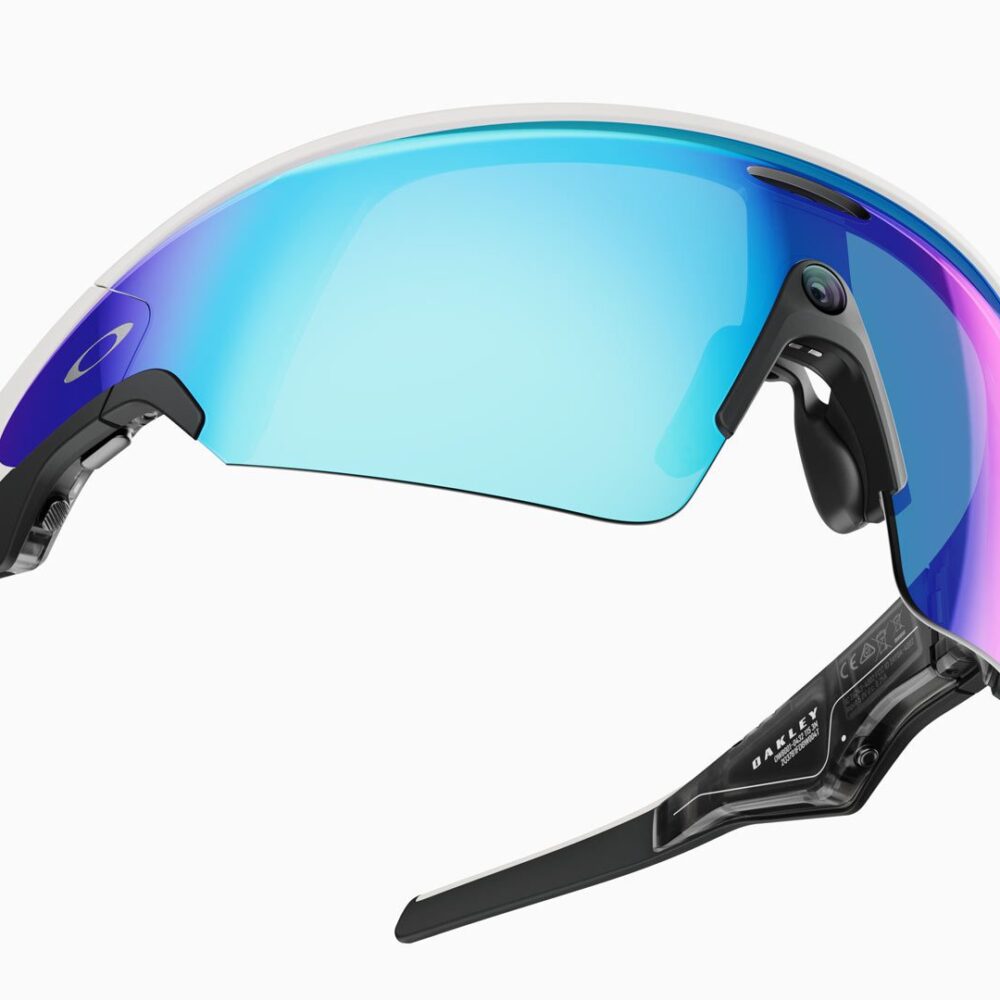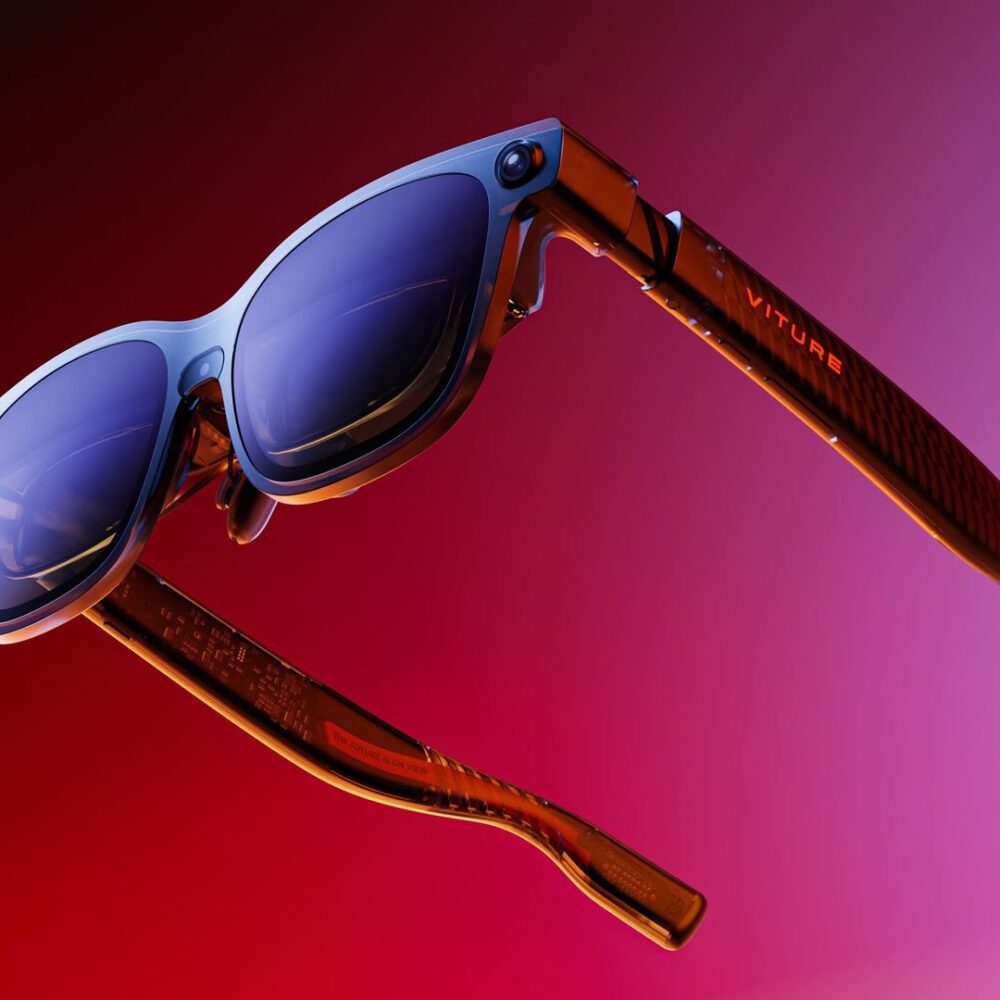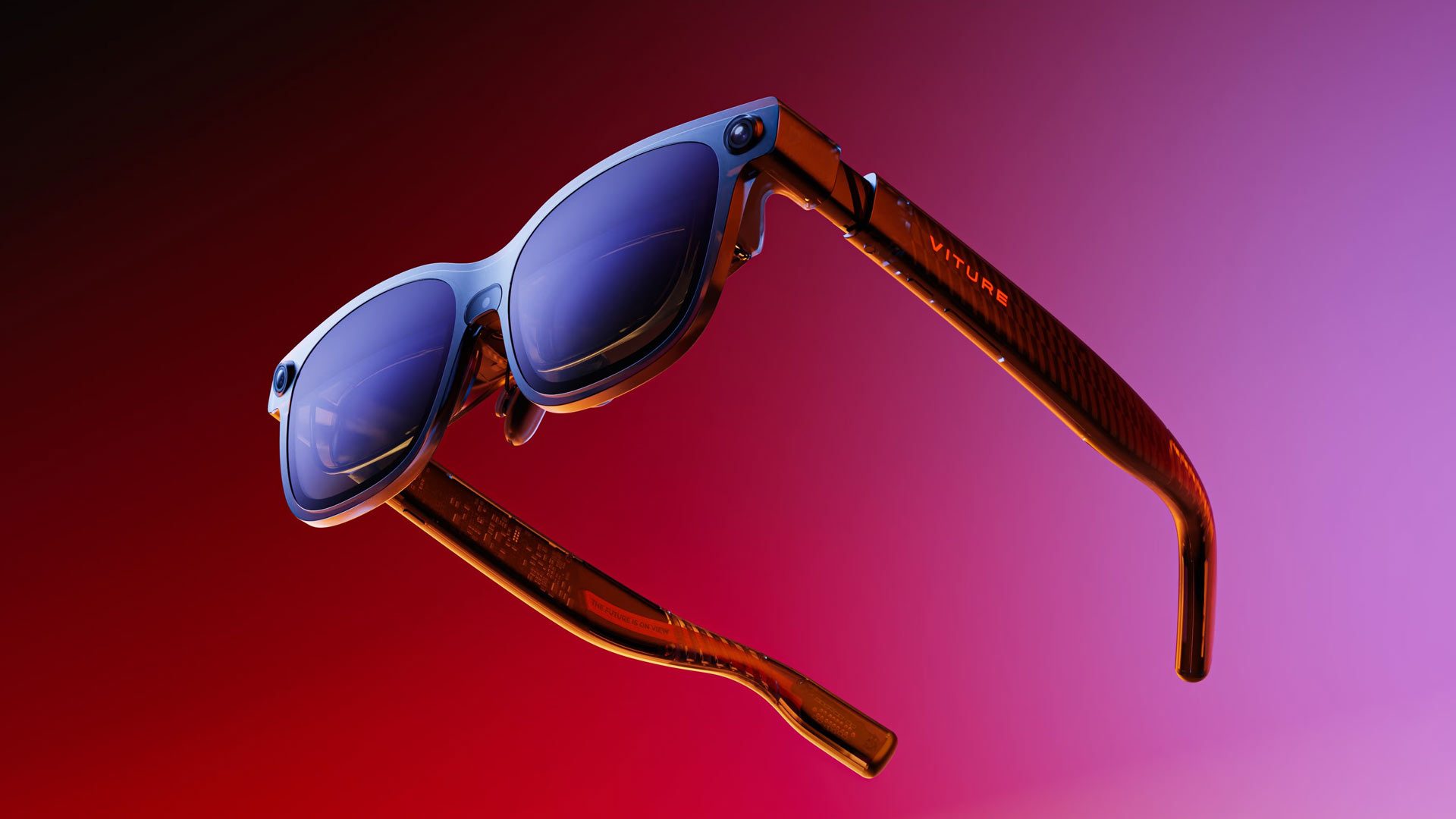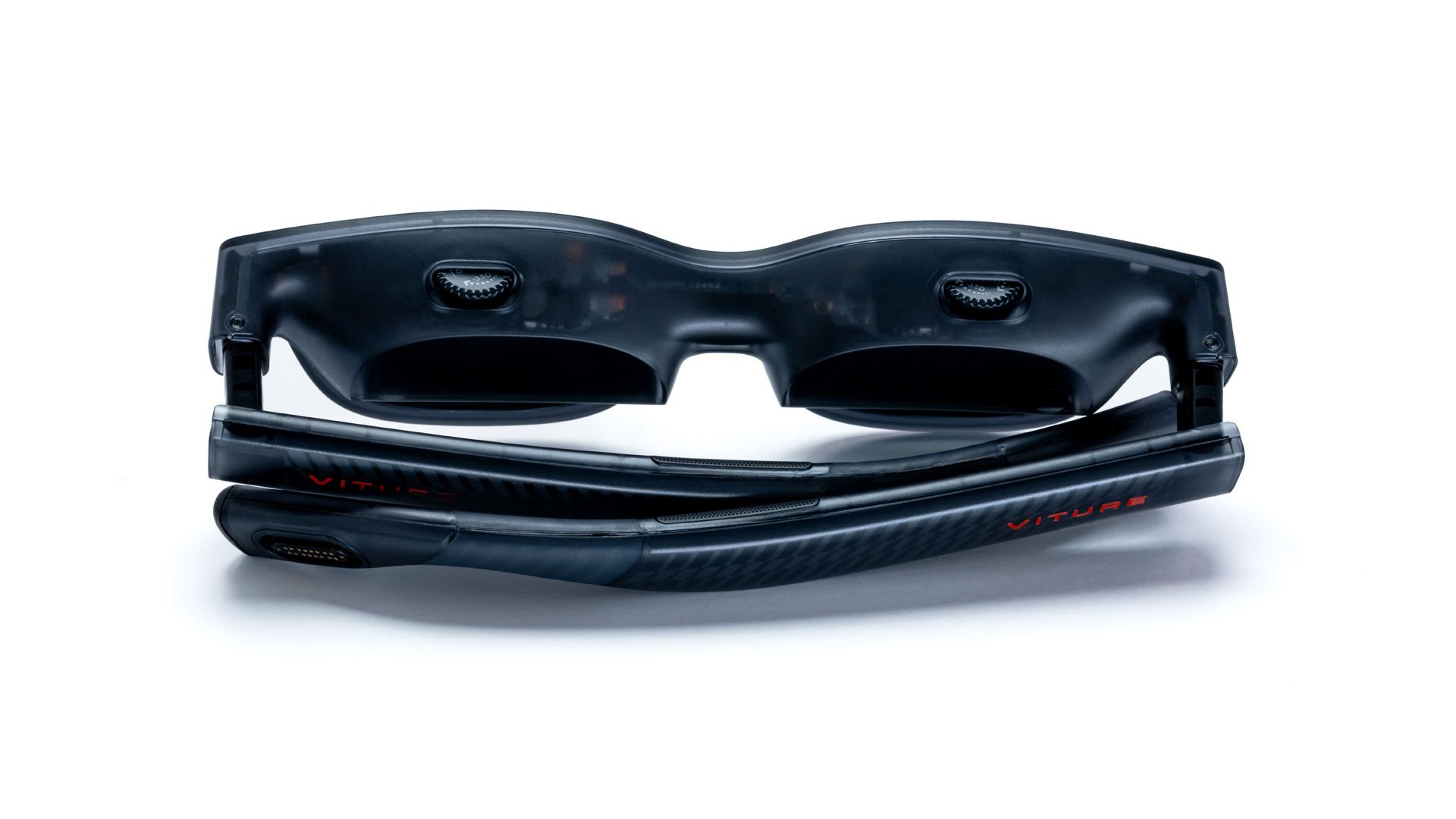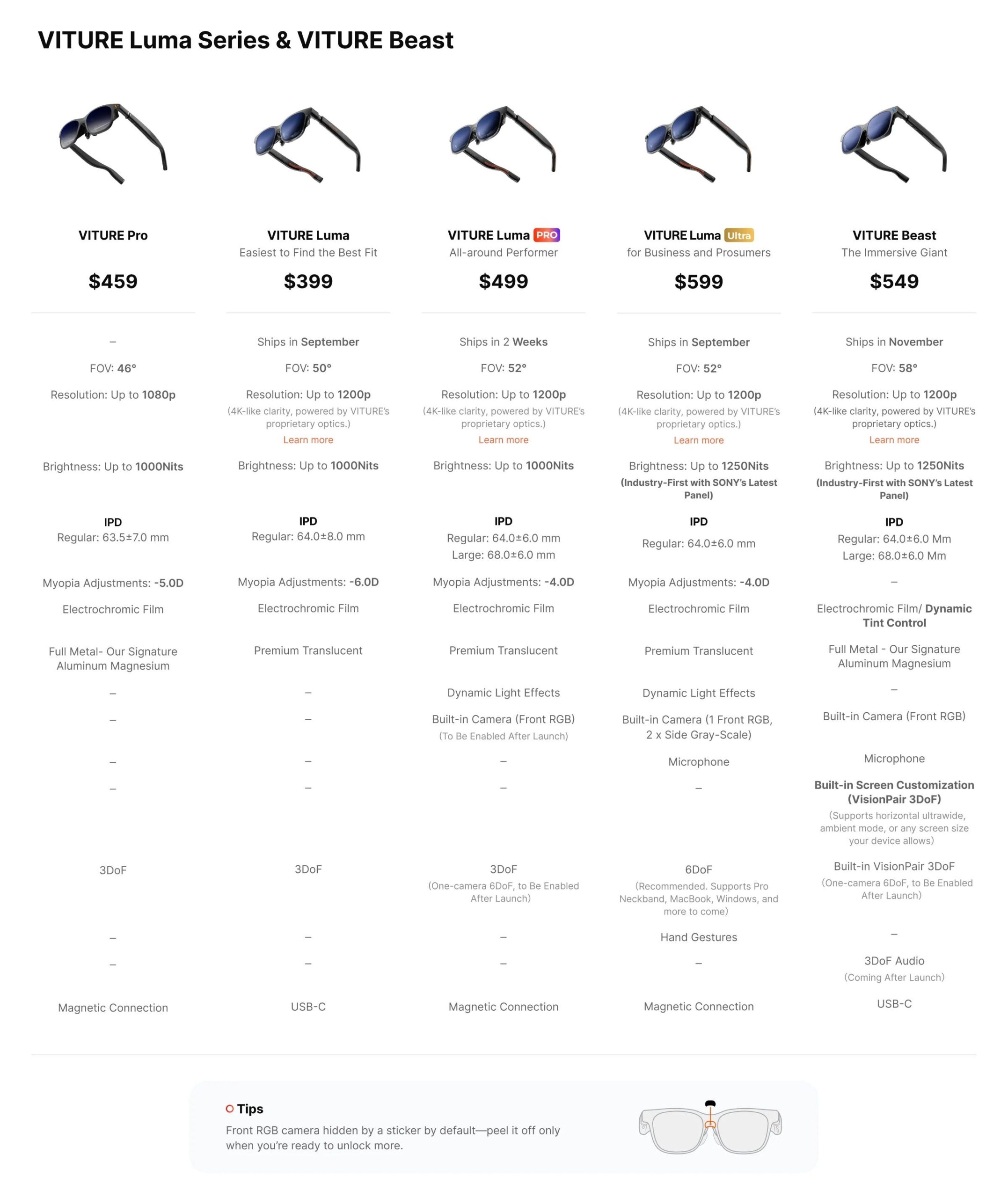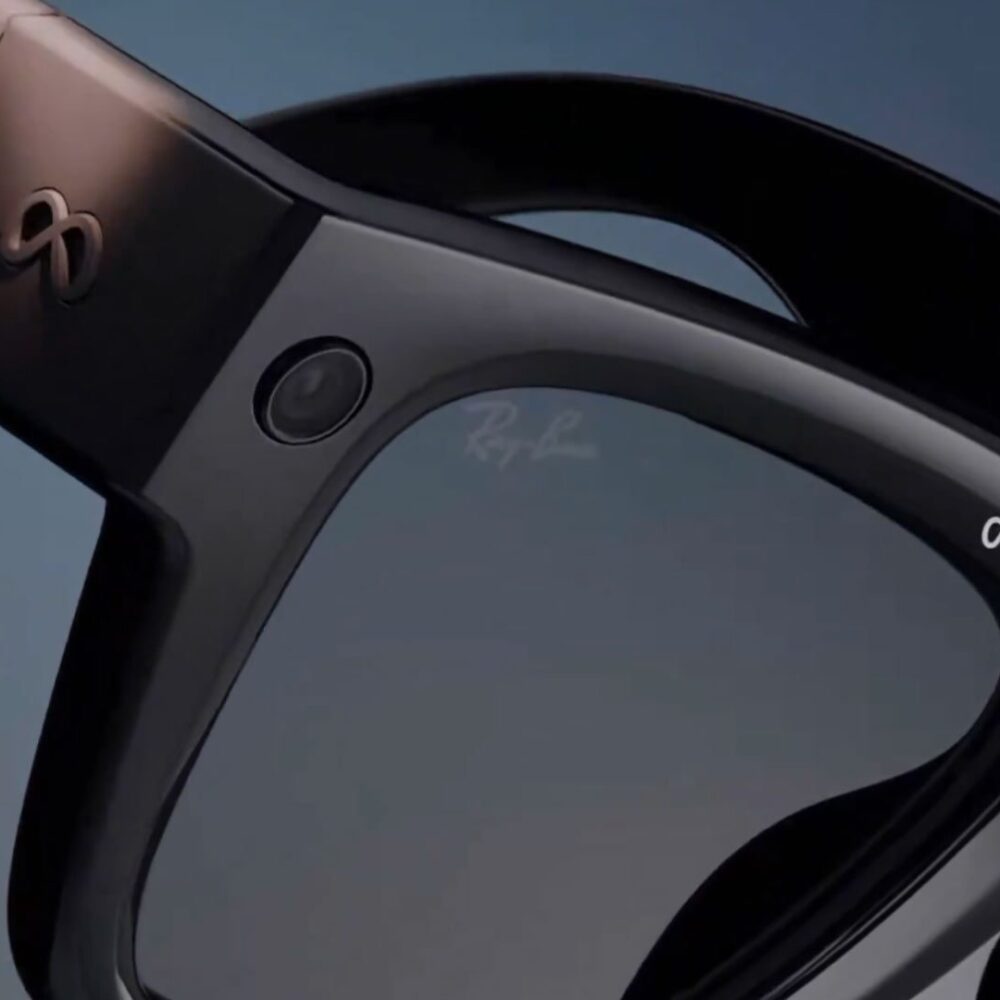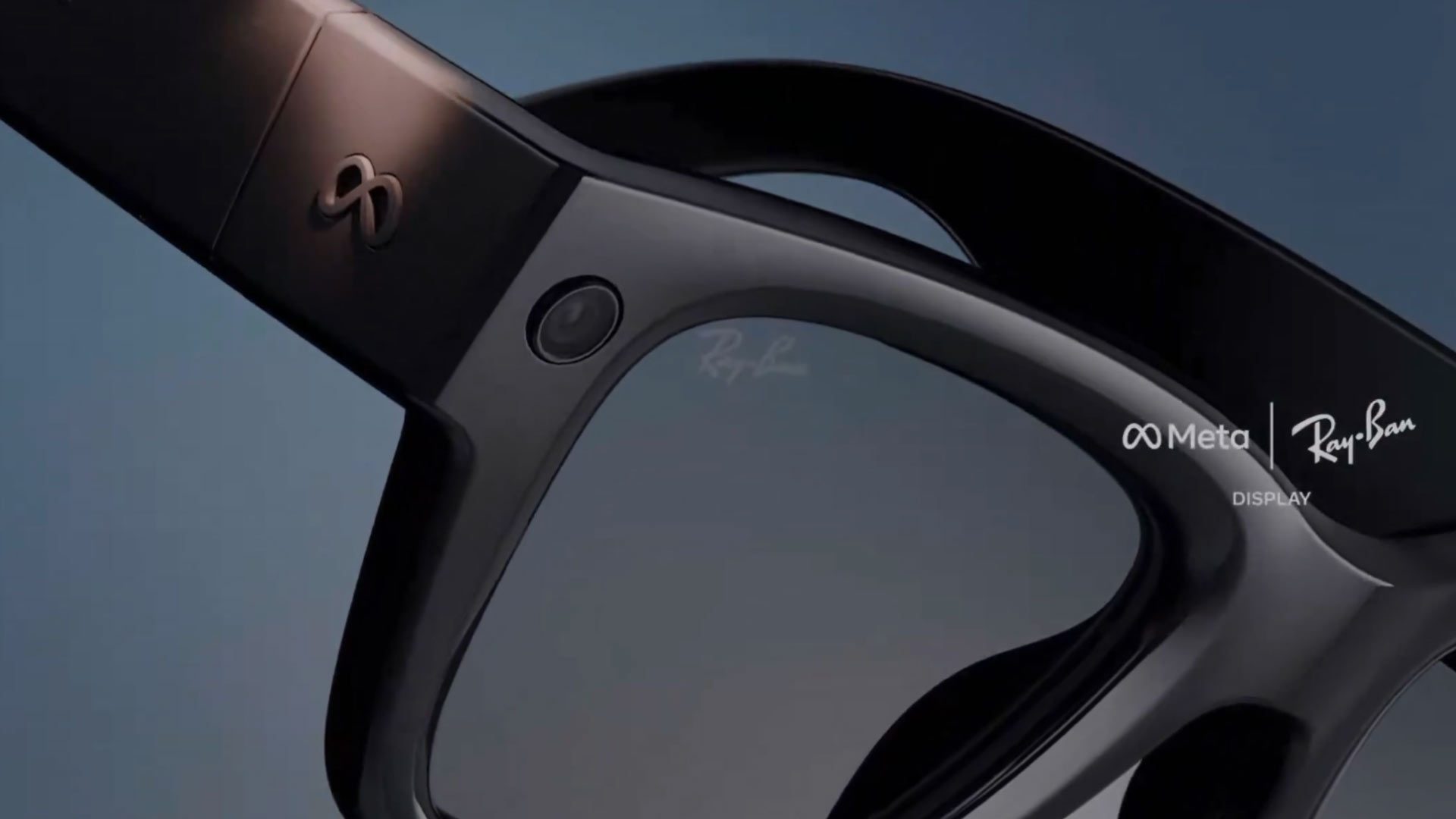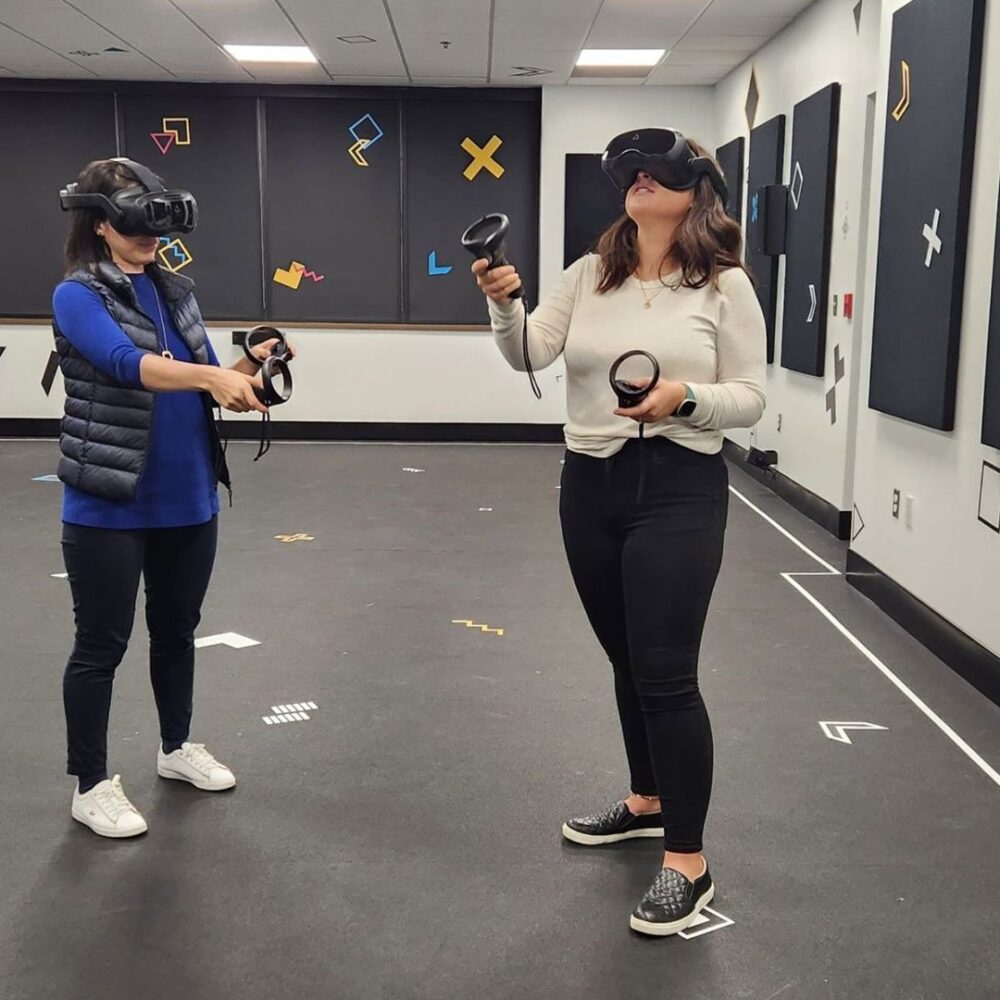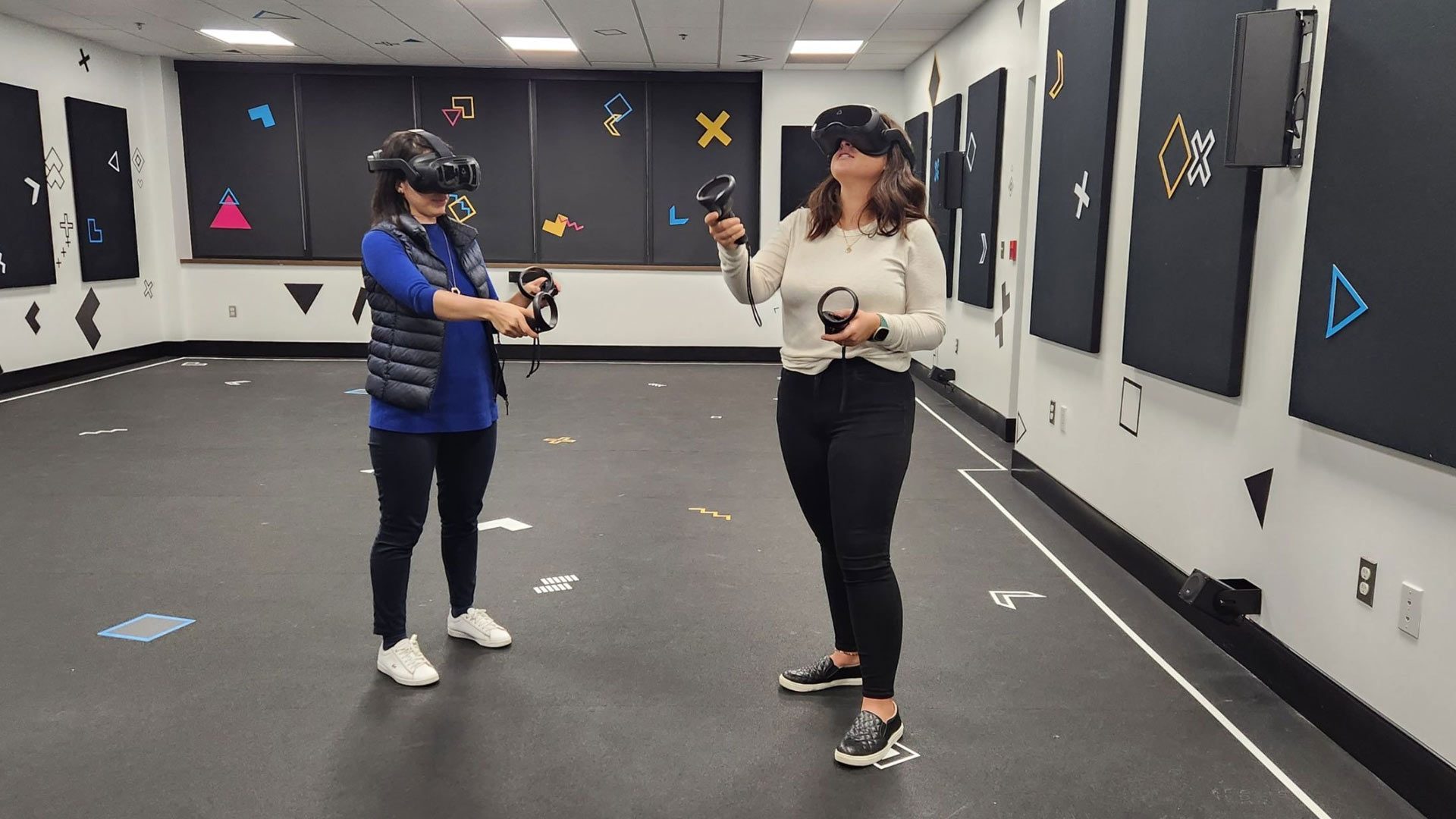Undoubtedly the smart glasses headliner of Meta Connect this year was the new $800 Meta Ray-Ban Display Glasses, which pack in a single display into a familiar Wafarer-style package. Alongside it though, Meta showed off two new smart glasses: the Oakley Meta Vanguard and next generation of Ray-Ban Meta.
Oakley Meta Vanguard – $499 (available Oct 21)
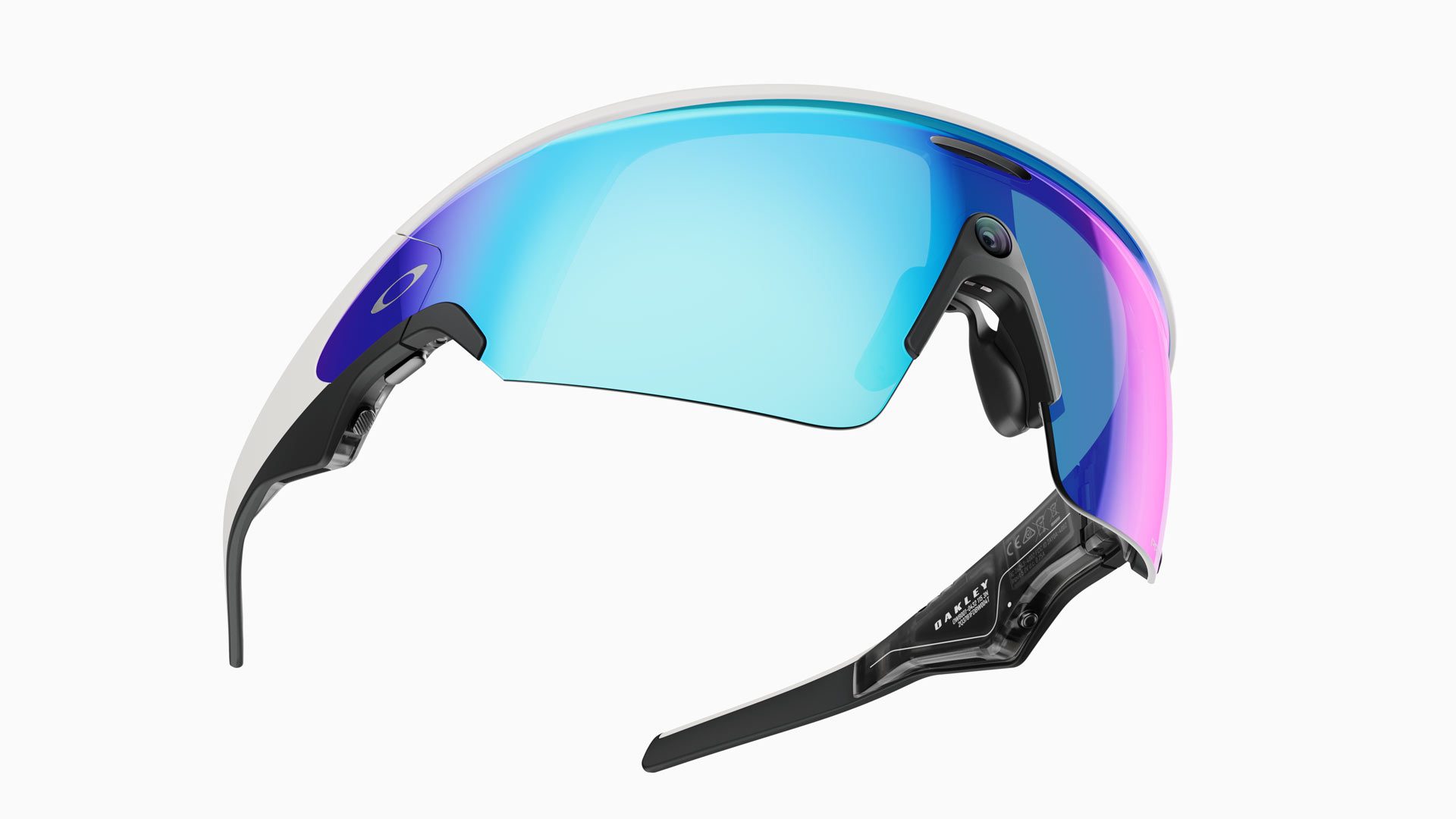
Before Meta and Essilor Luxottica released Oakley Meta HSTN in July, we were definitely envisioning something more like the new Oakley Meta Vanguard. But it’s better late than never, as Meta has just unveiled its sleek, blade-like frames they say are “built for high-intensity sports.”
Rated at IP67 dust and water resistance, Meta Oakley Vanguard is supposedly durable enough for sweaty workouts or rainy rides, with it targeting sports like cycling, snowboarding, and running.

Notably, like many of its traditional specs, the new smart glasses use Oakley’s Three-Point Fit system, which includes three interchangeable nose pads for a more secure fit, with Meta noting the frames are optimized for use with cycling helmets and hats.
They also include an onboard 12MP, 122° wide-angle camera sensor for capturing video up to 3K resolution, with modes including Slow Motion, Hyperlapse, and adjustable image stabilization.
And just like Ray-Ban Meta, it features open-ear speakers, notably rated at six decibels louder than previous Meta Oakley HSTN models, including a wind-optimized five-mic array to provide clear audio for taking calls, using voice commands, or listening to music while training.
The newest Oakley’s also integrate with Garmin, Strava, Apple Health, and Android Health Connect, delivering post-workout summaries and real-time stats through Meta AI. Athletes can check heart rate, progress, or other data hands-free with voice prompts.
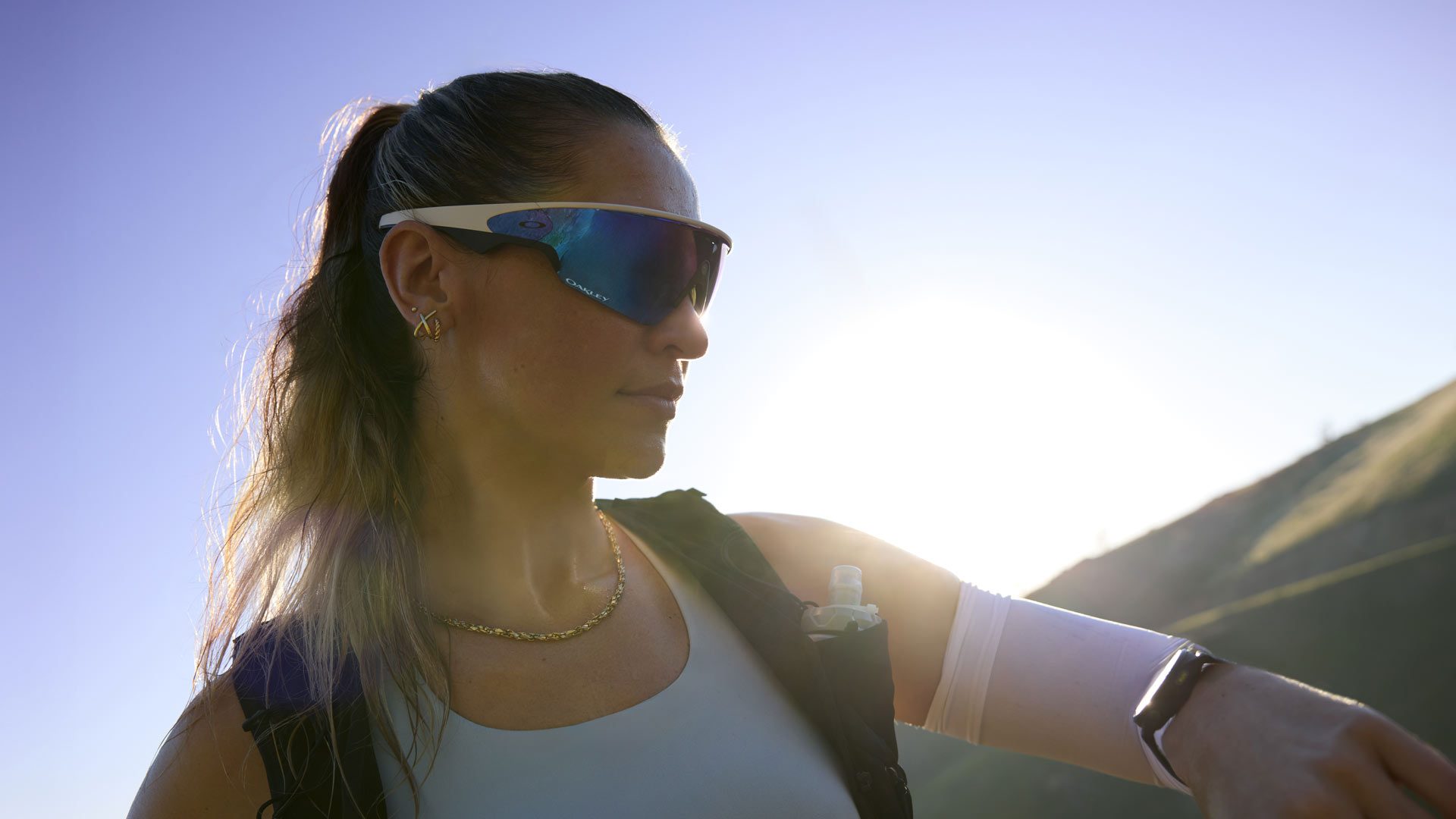
Available in four frame/lens color combinations, the glasses weigh 66g and offer up to nine hours of mixed use (or six hours of music) on a single charge, with an additional 36 hours via the charging case. Quick charging is said to bring the glasses to 50% in just 20 minutes, Meta says.
Like all of the other Meta smart glasses on offer, they include 32GB of storage for over 1,000 photos or 100 short videos, the company says.
Since it’s built for high-intensity sports, it also means the company is introducing replaceable lenses, starting at $85. Here are all four models available for pre-order, including the lenses you’ll be able to mix and match later.
- Oakley Meta Vanguard Black with PRIZMTM 24K
- Oakley Meta Vanguard White with PRIZMTM Black
- Oakley Meta Vanguard Black with PRIZMTM Road
- Oakley Meta Vanguard White with PRIZMTM Sapphire
Oakley Meta Vanguard is now available for pre-order through Meta or Oakley, priced at for $499 and launching October 21st.
They’ll be available in the US, Canada, UK, Ireland, France, Italy, Spain, Austria, Belgium, Australia, Germany, Sweden, Norway, Finland, Denmark, Switzerland, and the Netherlands. Meta says they should also eventually launch in Mexico, India, Brazil, and the United Arab Emirates later this year.
Ray-Ban Meta (Gen 2) – Starting at $379 (Now Available)
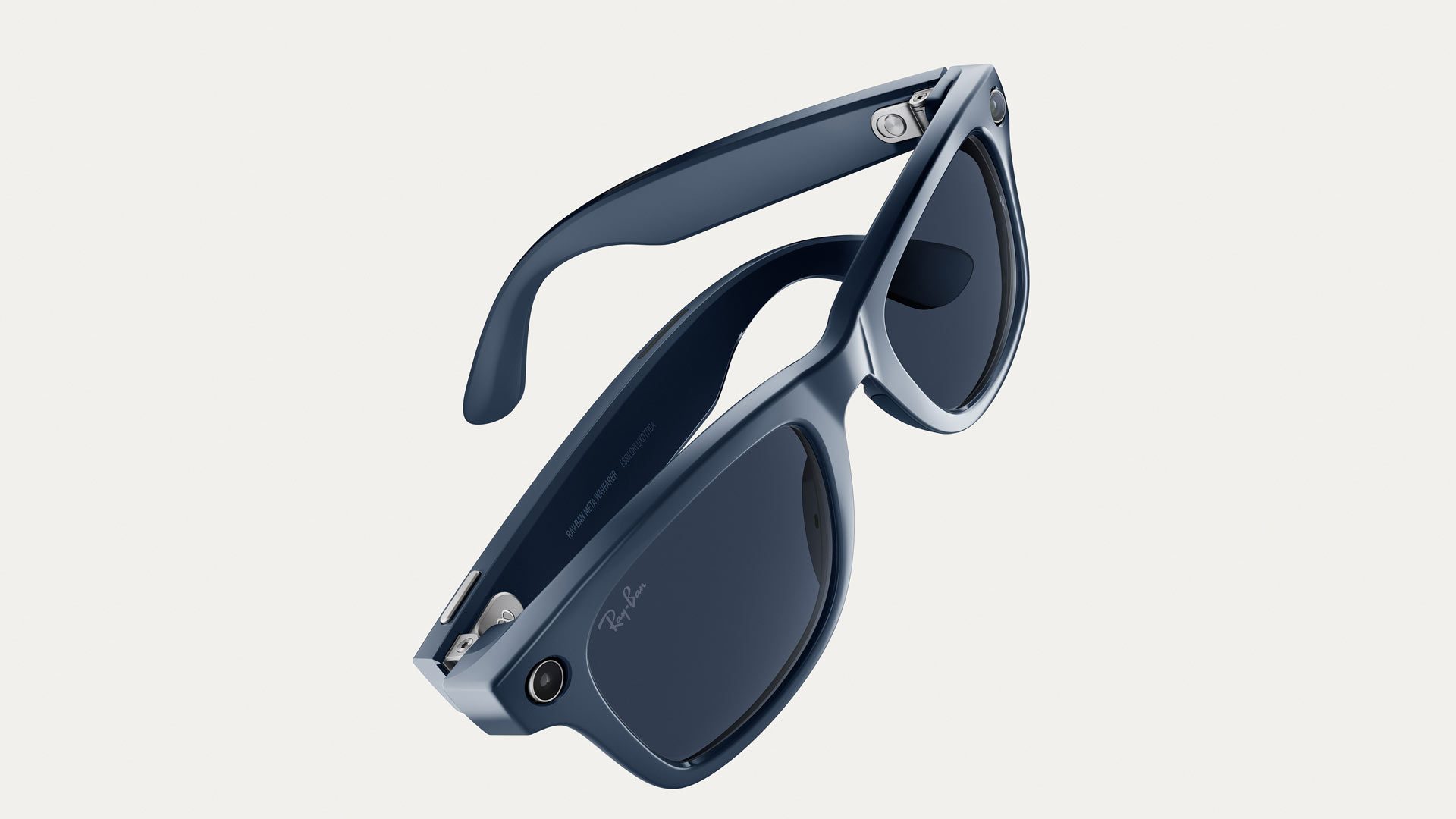
While the company considers its next Ray-Ban Meta Glasses “Gen 2”, they’re technically the third generation following the release of Ray-Ban Facebook Stories in 2021 and Ray-Ban Meta in 2023.
Naming scheme aside, the latest Ray-Ban Meta smart glasses are delivering the same improvements seen in Oakley Meta HSTN, and essentially the same base functionality. While can play music, do real-time translation, and hands-free calls, but also offers better photo and video capture than its predecessor.
Its ultrawide 12MP camera sensor is rated for photo capture up to 3,024 × 4032 pixels and video from 1200p at 60 FPS 1440p at 30 FPS, and 3K at 30 FPS—all of which are up to three minutes in length.
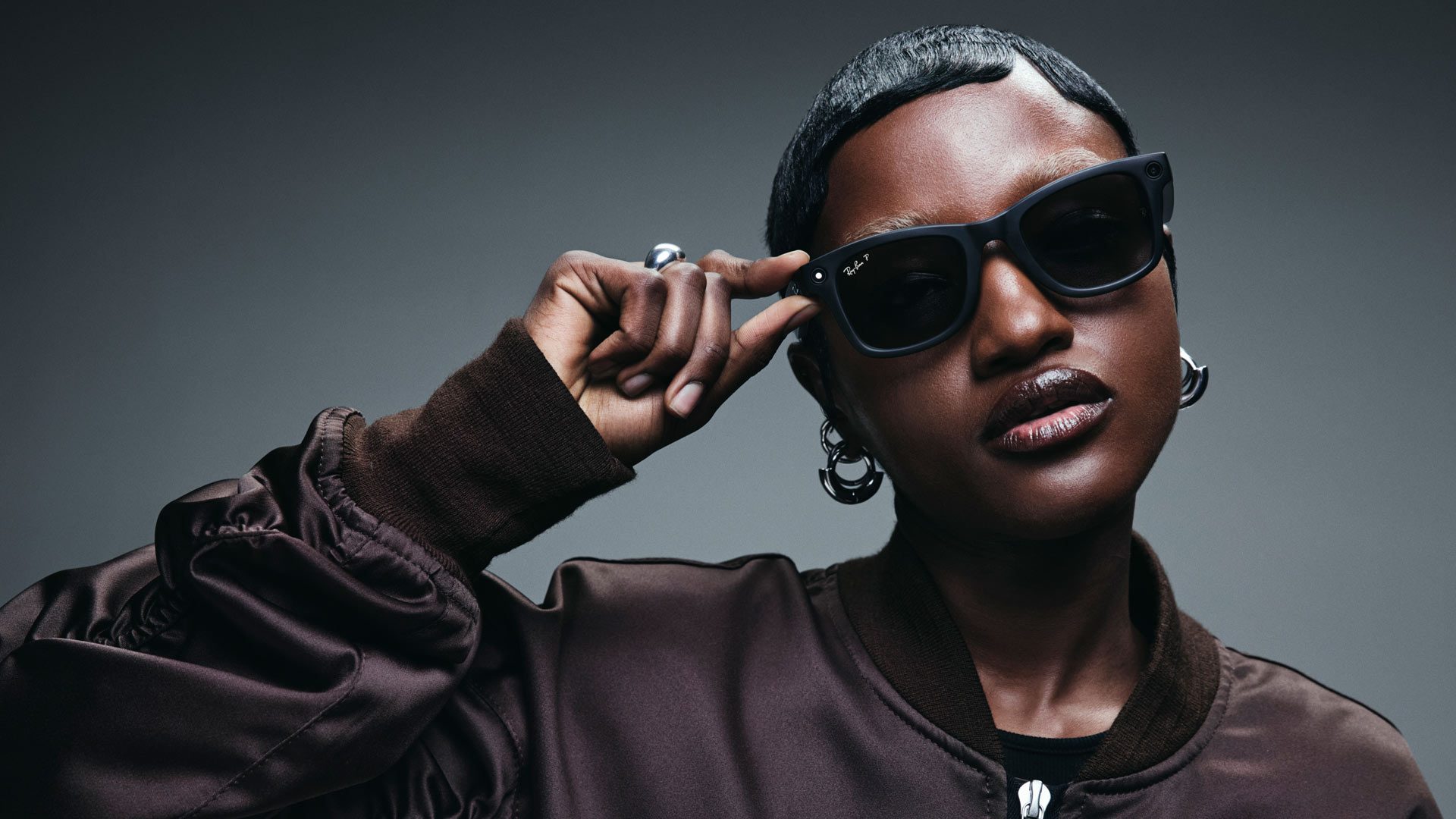
Like Oakley Meta HSTN, Ray-Ban Meta (Gen2) boasts up to eight hours of continuous use and an additional 48 hours from the charging case, plus quick charge to 50% in 20 minutes in the charging case.
And it probably goes without saying, but all of Meta’s smart glasses make heavy use of its own Meta AI, which includes things like voice search queries (“Hey Meta!”), reading QR codes, suggesting recipes, saving notes, etc.
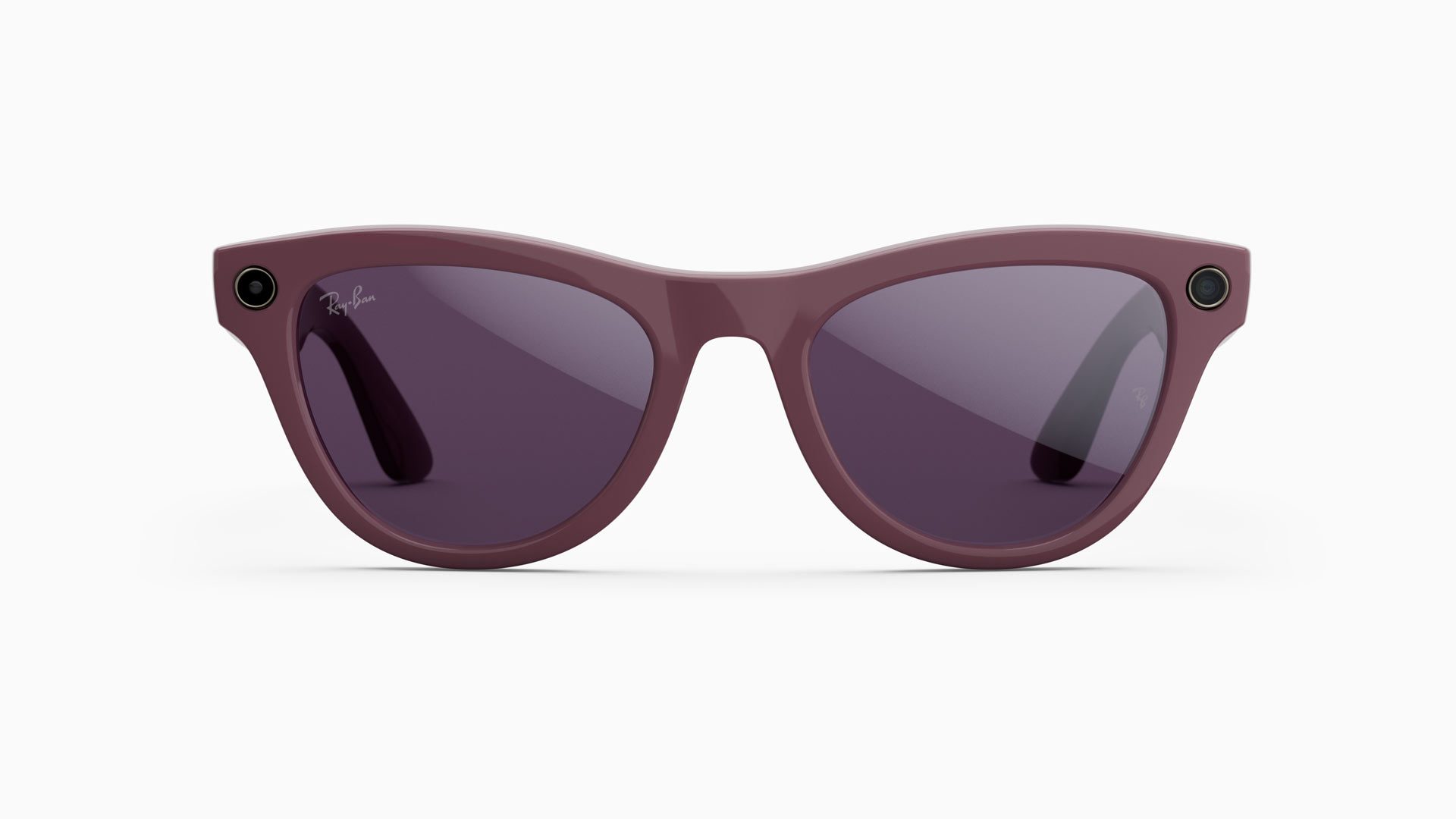
Additionally, the device includes Bluetooth 5.3, Wi-Fi 6, 32GB of storage, and an IPX4 water-resistance rating for light rain or splashes.
And like the 2023 model, the new Ray-Ban Meta smart glasses offer gads of frame and lens combinations: 27 in total across its Wayfarer and Skyler models, which include options for large or low nose bridges.
It is also getting a price bump over the first-gen, which were launched in 2023 for $299. Ray-Ban Meta (Gen 2) starts at $379 for standard lens options, and will be available with polarized lenses ($409), transitions lenses ($459), and prescription lenses (pricing varies).
You can find all of those models and lens combinations starting today over at Meta and Ray-Ban.com.
We’re currently on the ground at Meta Connect this year, so check back soon for all things XR.
